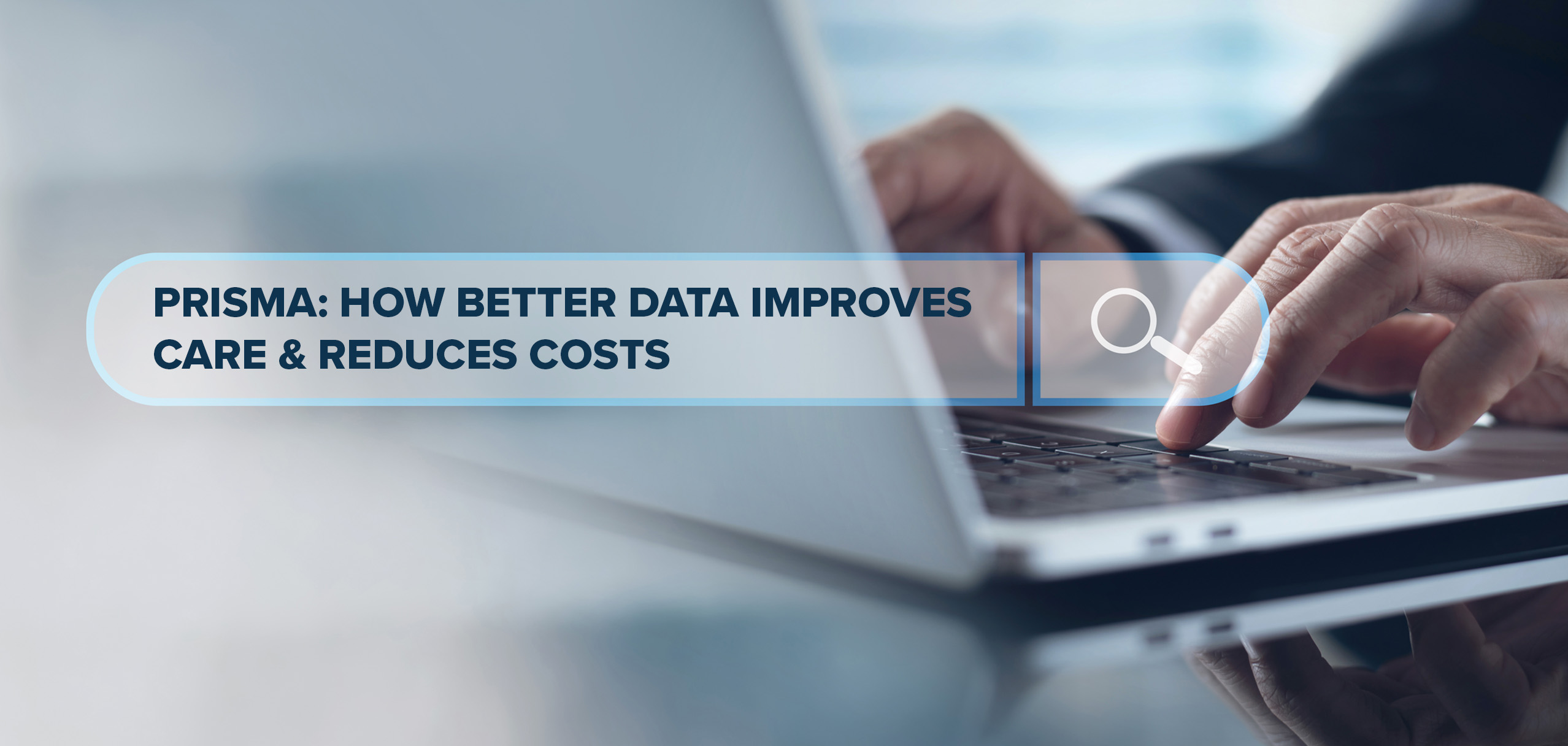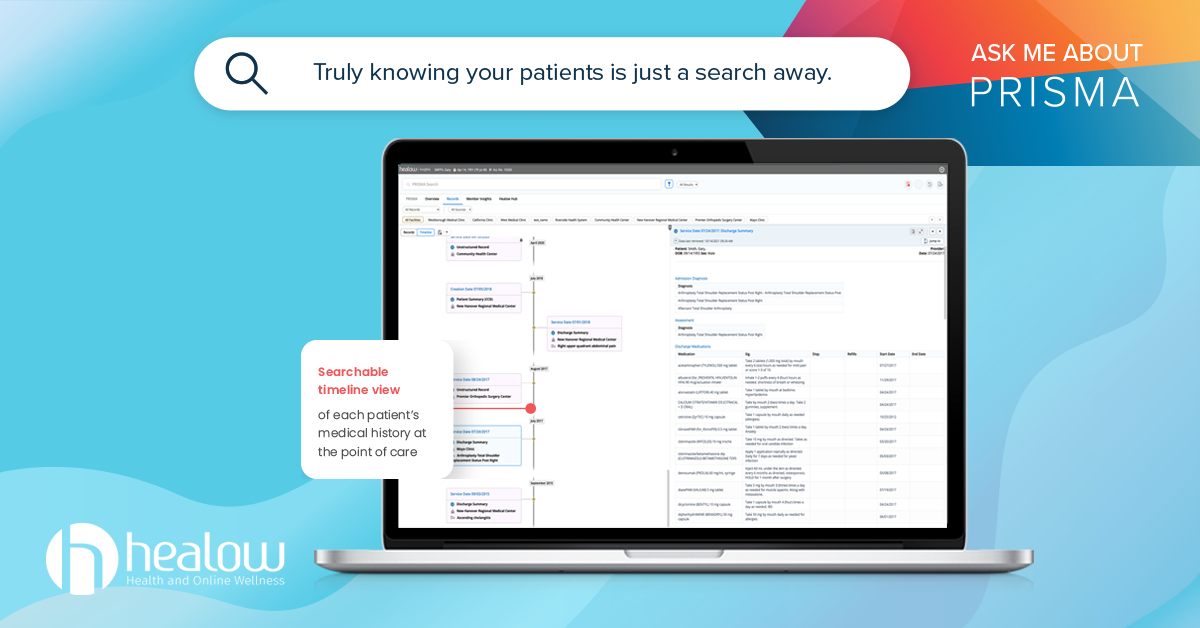
The Orthopaedic Institute of Ohio, like other healthcare providers, has long had to manage an obstacle: Having health information under lock and key is great for privacy, but the red tape can get in the way of providers accessing relevant information. With different providers on different EHRs, a patient’s health records can be dispersed among many databases. That complicates and delays a physician’s efforts to gather all the data needed for making sound clinical decisions.
With PRISMA, Orthopaedic Institute of Ohio can retrieve patient records from hospitals, urgent cares, or health systems who use any Electronic Health Record (EHR), enabling better care and helping lower costs. PRISMA, the industry’s first healthcare information search engine, gives providers quick access to patients’ medical histories, creating searchable, timeline views that help expedite treatments, lower costs, and improve outcomes.
PRISMA coordinates and clearly organizes data from various EHR databases, allowing providers to view a chronological record of a patient’s care from area hospitals and other facilities. Knowledge is power, and the ability to acquire knowledge quickly is key to staying on top of developing health situations.

“We’re not having to redo imaging,” said Ben Broseke, IT Director at Orthopedic Institute of Ohio. “We’re not having to utilize other laboratories, other imaging department.”
That’s a lot of time, money, and work saved. That is the power PRISMA brings to patients of the Orthopaedic Institute of Ohio.
By enabling interoperability among the hospitals’ various EHRs, PRISMA offers dated, accurate, and detailed records of procedures like vaccinations, colonoscopies, mammograms, surgeries, and the like, helping healthcare providers determine the best course of action for a patient’s well-being.
The unknown is the scariest thing of all, and PRISMA helps keep the unknown as small as it can be. Immediate access to medical information means less time waiting for it. Less time waiting means less money spent entertaining the problem in the meantime.
“We can pull that data right into eCW and then are able to pass that cost savings on to the patient,” Broseke said.
More importantly than cost savings, less time waiting means more immediate action in improving patients’ health outcomes. To learn more about the Orthopaedic Institute of Ohio’s experience, watch the video below.

Get Started With healow Today!
Call Us 508-616-0304
